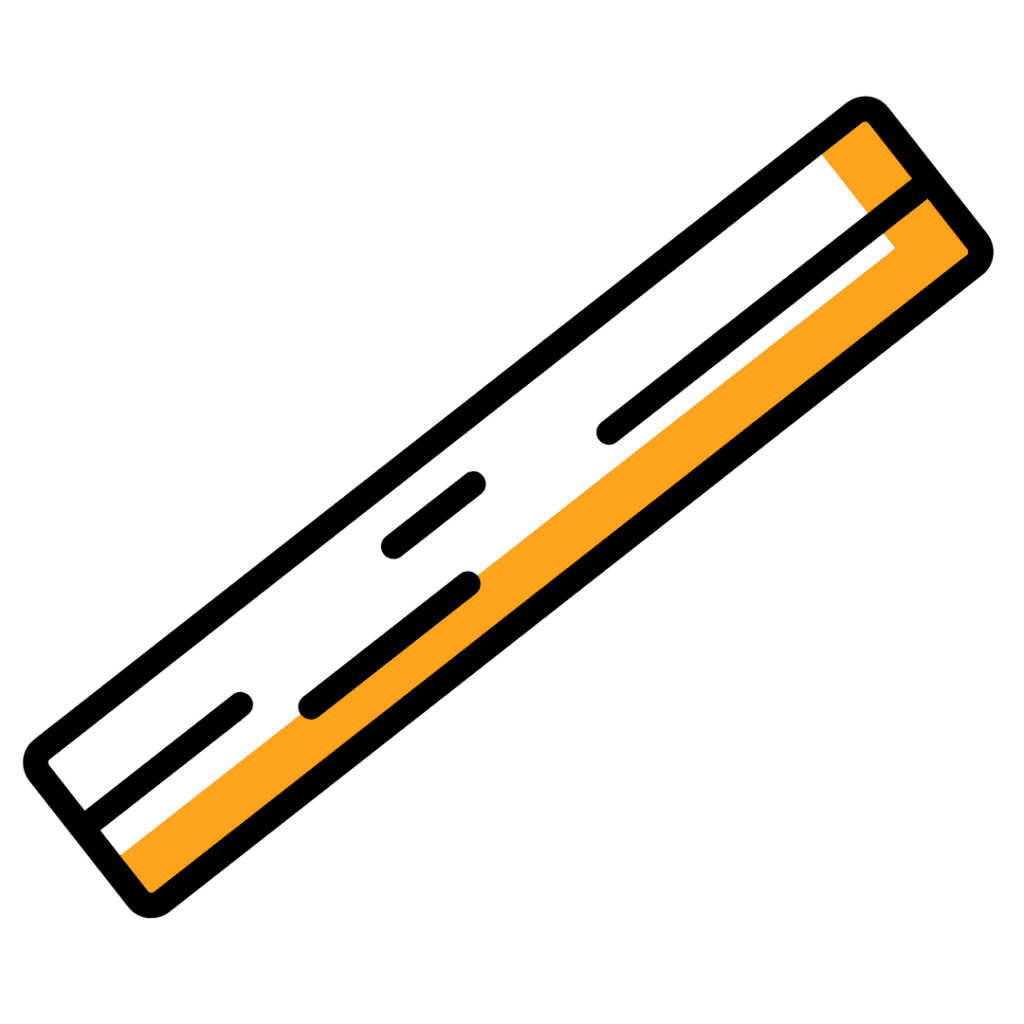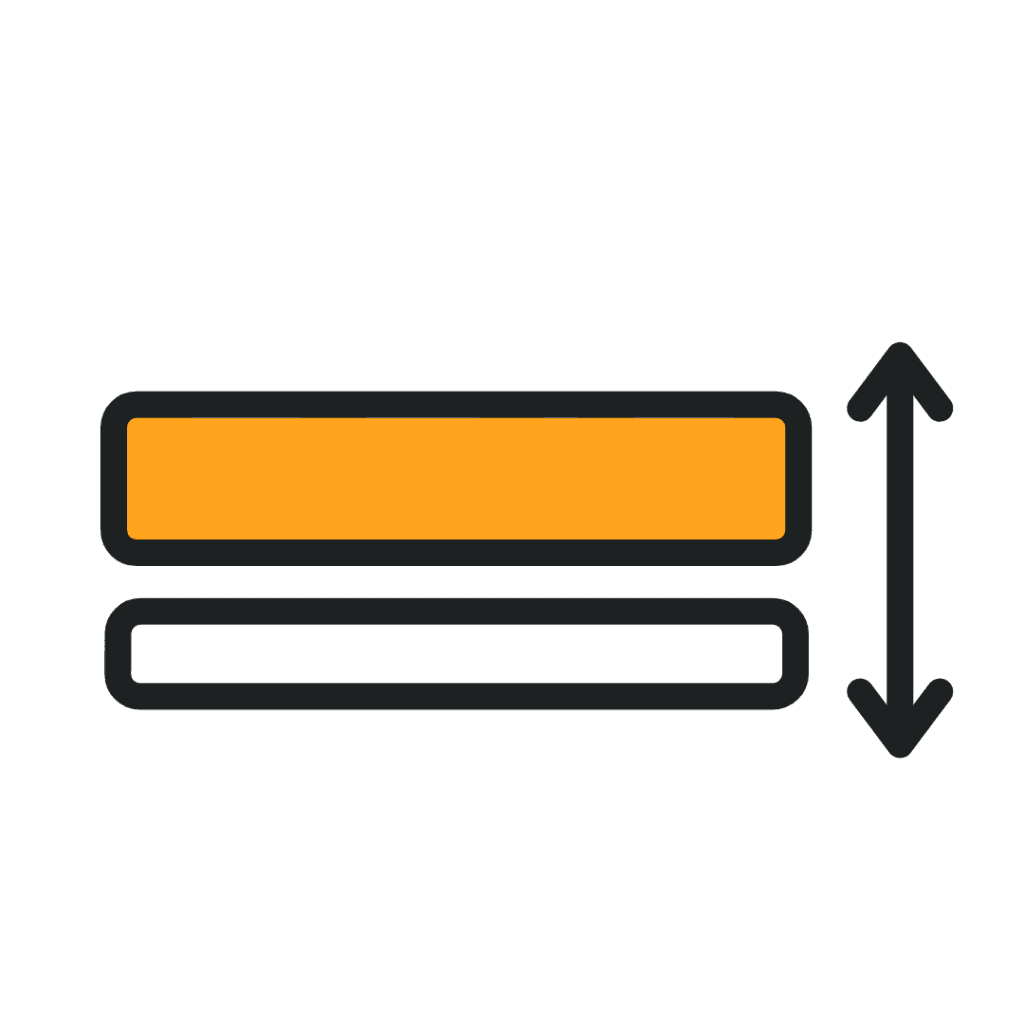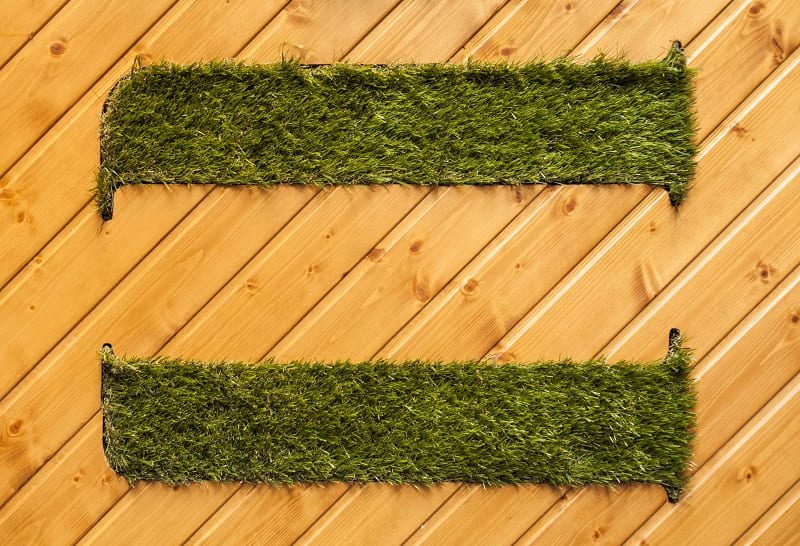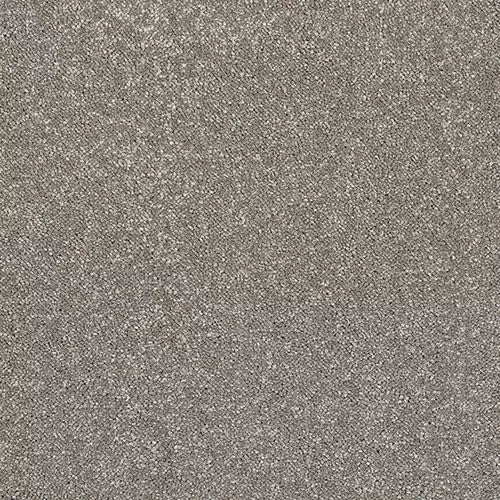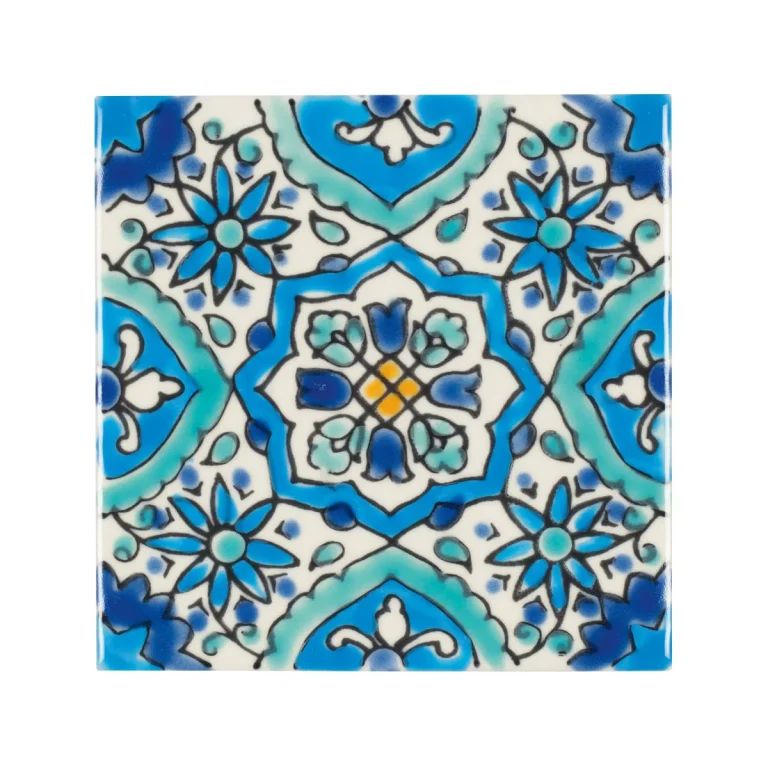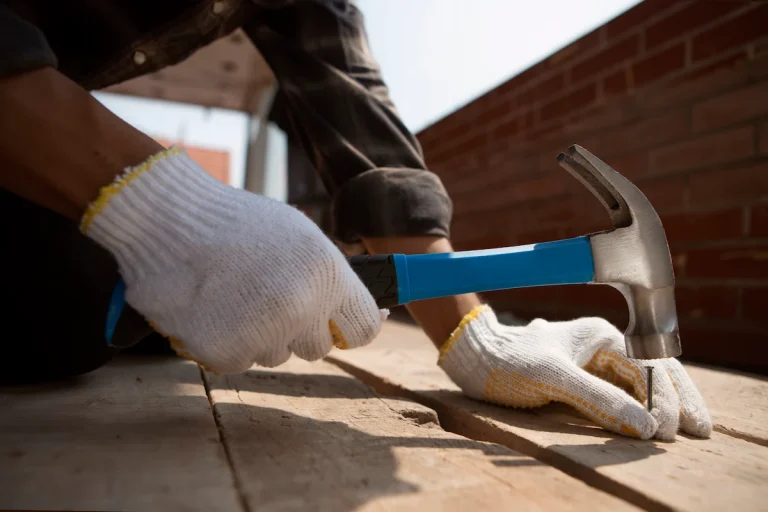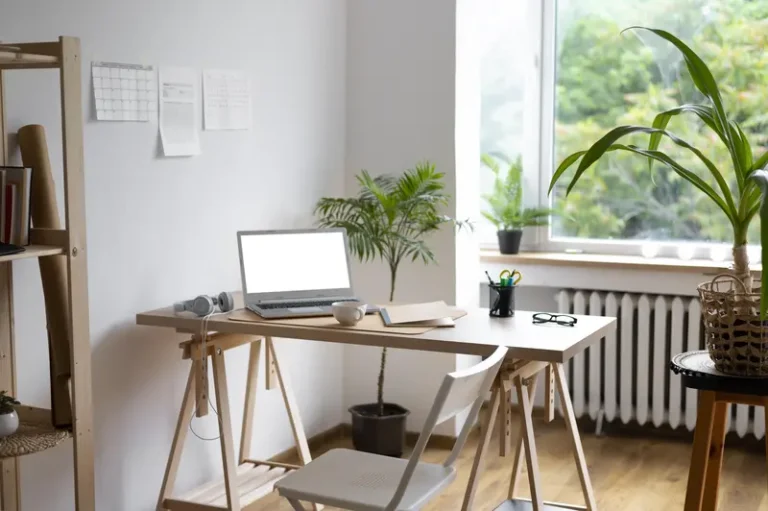Artificial grass has become a popular alternative to natural grass for many homeowners and businesses. Just like natural grass, artificial grass requires regular cleaning and maintenance to keep it looking its best. Not only do you need to know how to lay artificial grass but also about artificial grass cleaning.
In this article, we will discuss the importance of artificial grass cleaning, the tools needed for the job, how often you should clean it, how to clean artificial grass properly, and some tips for maintaining it. Whether you’re a new artificial grass owner or looking to improve your maintenance routine, this article has you covered.
Key Takeaways:
Regular cleaning of artificial grass is important to maintain its appearance and extend its lifespan. The tools required for artificial grass cleaning include a broom, leaf blower, power washer, and artificial grass rake. To effectively clean artificial grass, regularly remove debris, rinse with water, apply cleaning solution, and brush regularly as part of maintenance.
Artificial Grass Cleaning
Artificial grass cleaning involves the process of removing dirt, debris, and stains from synthetic turf to maintain its appearance and functionality. It incorporates various cleaning methods and solutions to ensure the longevity and visual appeal of the artificial grass.
Regular artificial grass cleaning is essential to prevent the buildup of mould, mildew, and bacteria that can thrive in the synthetic fibres.
Environmental factors such as leaves, pollen, and animal waste can impact the cleanliness of artificial grass, making it necessary to use non-toxic, hydrogen-peroxide-based disinfectants that is safe for people and pets for effective stain removal and hygiene maintenance.
Keeping the artificial grass clean not only enhances its aesthetic appeal but also contributes to a healthier outdoor environment.
Artificial grass cleaning helps you to provide a safe and enjoyable surface for activities, reduces the risk of pests, and minimises odours that can develop from organic matter.
Why is it Important to Clean Artificial Grass?
Cleaning artificial grass is crucial for preserving its appearance, preventing bacterial growth, and ensuring a safe and hygienic outdoor environment. That’s why you should know how to clean artificial grass at home.
Regular maintenance contributes to the longevity and aesthetics of artificial turf, enhancing its overall durability and appeal.
Performing artificial grass cleaning properly not only enhances its visual appeal but also plays a vital role in maintaining a healthy outdoor space.
Neglecting artificial grass cleaning can lead to the accumulation of dirt, debris, and potentially harmful bacteria, posing health risks and affecting the overall aesthetic of the outdoor area.
Regular cleaning helps in preventing odours and maintains a clean and inviting outdoor environment for recreational activities.
By using specific cleaning products that are available on the market, individuals can ensure the effective and efficient removal of dirt, stains, and bacteria from artificial grass.
Some trusted brands offer a range of cleaning solutions tailored to the unique needs of artificial turf, promoting both cleanliness and environmental sustainability.
Tools for Artificial Grass Cleaning
The best way to clean artificial grass involves the use of specialised tools and equipment tailored for synthetic turf maintenance. The essential tools include a brush, leaf blower, pressure washer, and artificial grass rake, each serving a specific purpose in the cleaning process.
The brush is ideal for regular surface maintenance. It effectively removes debris, leaves, and loose dirt from artificial grass. A leaf blower offers a convenient way to clear larger areas. It quickly gets rid of fallen leaves and light debris while minimising physical effort.
For thorough cleaning and removing stubborn stains, a pressure washer is highly effective. It can penetrate deep into the turf fibres, providing a deep clean without causing damage.
An artificial grass rake is designed to fluff up the grass blades and distribute infill evenly. This ensures a vibrant and natural appearance.
a. Broom
Using a broom is the best way to sweep artificial grass loose debris, leaves, and other surface-level dirt from artificial grass. Regular sweeping with a broom helps maintain the cleanliness and visual appeal of the synthetic turf.
A broom is a practical tool for regular maintenance of outdoor spaces, as it enables a quick and thorough removal of surface debris without causing any damage to the artificial grass fibres. Its gentle yet efficient bristles ensure that the grass remains unharmed while effectively cleaning the surface.
By utilising specific cleaning products, the process of using a broom is even more beneficial. Using specific cleaning products with the broom ensures that the artificial grass remains in optimal condition, prolonging its lifespan and preserving its aesthetic appeal.
b. Leaf Blower
A leaf blower is an efficient tool for clearing debris, leaves, and lightweight particles from artificial grass surfaces. Its powerful airflow assists in maintaining the clean and well-groomed appearance of the synthetic turf.
One of the significant advantages of using a leaf blower for artificial grass cleaning is its ability to efficiently clear larger areas in a relatively short time. This makes it an ideal choice for homeowners and landscapers looking to maintain their synthetic turf quickly and effectively.
Plus its efficiency, using a leaf blower for artificial grass cleaning can save substantial time, especially when compared to manual raking or sweeping.
In terms of choosing specific cleaning products, choose ones that offer high-performance leaf blowers designed specifically for artificial grass. These specialised tools are equipped with features that cater to the unique cleaning requirements of synthetic turf, ensuring an effective and thorough cleaning process.
d. Power Washer
A power washer, when used with caution, can effectively remove embedded dirt, stains, and contaminants from artificial grass. It provides a deep-cleaning solution for synthetic turf, revitalising its appearance and hygiene.
Artificial grass maintenance can benefit from the use of a power washer. It efficiently eliminates debris that may be trapped deep within the fibres, restoring the grass to its original vibrancy.
Many homeowners and businesses prefer using established cleaning products in combination with power washing. This helps maintain the integrity of their artificial grass. The combination of a suitable cleaning solution and the gentle, even pressure of the power washer ensures effective cleaning without causing any damage.
e. Artificial Grass Rake
An artificial grass rake is designed to groom and fluff the synthetic fibres, enhancing the overall appearance and resilience of the artificial grass. It aids in loosening compacted areas and maintaining an even distribution of the turf’s material.
Using an artificial grass rake is particularly beneficial as it helps prevent matting and crushing of the fibres, which are common issues in high-traffic areas. By regularly raking the artificial grass, it can restore the blades to their upright position, ensuring a natural and well-manicured look.
Regular raking with specific cleaning products such as those made of Polyethylene can help in removing debris, leaves, and pet hair from the turf’s surface, preserving its cleanliness and hygienic properties. This process contributes to maintaining the lush aesthetic appeal of the artificial grass, while also promoting the longevity of the synthetic materials.
How Frequently Should You Clean Synthetic Turf?
The frequency of artificial grass cleaning depends on environmental factors, usage patterns, and the presence of debris or stains. Generally, regular cleaning and maintenance every few weeks is recommended to uphold the appearance and integrity of the synthetic turf.
In regions with high levels of precipitation, frequent rain showers might naturally rinse off the surface of the artificial turf, potentially reducing the need for manual cleaning.
Conversely, in areas with minimal rainfall, dry and dusty conditions could necessitate more frequent cleaning to remove accumulated dirt and dust particles. Areas with heavy foot traffic or pets require more frequent cleaning due to increased chances of stains and odours.
Utilising specialised cleaning products can effectively remove pet waste and odours, enabling an optimal cleaning routine for artificial grass.
Steps to Clean Artificial Grass
How to get dirt out of artificial grass? The process of artificial grass cleaning involves systematic steps, including the removal of debris, rinsing with water, application of cleaning solutions, and a final rinse to ensure a thorough and rejuvenating cleaning process for the synthetic turf.
Beginning with the removal of debris, such as leaves, dirt, and organic matter, is crucial to prevent the accumulation of grime. Once the debris is cleared, rinsing with water becomes essential to loosen and eliminate any remaining surface dirt and dust.
Following this, the application of the appropriate cleaning solutions is pivotal to thoroughly cleanse the artificial grass fibres. It is advisable to use products known for their effectiveness in removing stains and odours while maintaining the green appearance of the turf.
A final rinse, using a gentle flow of water, not only removes any residual cleaning solution but also aids in rejuvenating the synthetic turf. This sequence, when carried out meticulously, helps uphold the pristine condition of artificial grass, promoting its longevity and aesthetic appeal.
a. Clear Away the Rubbish
The initial step in artificial grass cleaning involves the thorough removal of debris, leaves, and loose particles from the surface. This step prepares the turf for subsequent cleaning processes, ensuring optimal results.
To effectively remove debris from synthetic turf, it is recommended to use specialised tools such as a turf rake or leaf blower for larger debris and a fine broom or brush for finer particles. After clearing the bulk debris, targeted cleaning products can be used to address specific challenges, such as pet waste or stubborn stains. These products are designed to eliminate odours and sanitise the turf, keeping it looking clean and hygienic.
Consistent maintenance and use of these cleaning methods are vital for maintaining the longevity and appearance of synthetic turf.
b. Rinse With Water
Rinsing the artificial grass with water helps dislodge surface dirt, dust, and minor contaminants, facilitating a preliminary cleaning process that prepares the turf for deeper cleaning treatments. It promotes a refreshed and revitalised appearance of the synthetic turf.
When considering the rinsing process, it’s important to use water-based solutions in conjunction with the water to ensure effective cleaning without causing damage to the artificial grass fibres.
Specific cleaning brands offer products designed specifically for use on artificial turf. Their eco-friendly formulas work in harmony with water to break down and remove stubborn stains, ensuring a thorough and environmentally friendly cleaning process. By integrating these techniques and products, the longevity and aesthetic appeal of the synthetic turf can be maintained to a high standard.
c. Apply Cleaning Solution
The application of an appropriate cleaning solution to the artificial grass targets embedded stains, discolourations, and microbial growth, addressing specific cleaning needs and enhancing the overall cleanliness and appearance of the synthetic turf.
Choosing appropriate cleaning solutions is crucial for maintaining the pristine condition of artificial grass. Whether it’s food spills, pet accidents, or general soiling, these solutions efficiently remove the toughest blemishes, restoring the natural vibrancy of the artificial turf.
The correct application of cleaning solutions is essential for tackling microbial concerns. These cleaning solutions disinfect and deodorise the synthetic turf, providing a hygienic environment by eliminating harmful bacteria and unpleasant odours.
By understanding the unique requirements of artificial grass, one can select the right cleaning solution that not only removes visible imperfections but also ensures a sanitized and appealing outdoor space.
d. Rinse Again
A final rinse of the artificial grass removes residual cleaning solutions, and dirt, and ensures a thorough cleansing of the synthetic turf. It contributes to a fresh and revitalised appearance, enhancing the overall cleanliness and hygiene of the artificial grass.
Proper rinsing with high-quality products ensures that all remnants of the cleaning process are completely removed, leaving the artificial grass in a pristine condition. This step plays a pivotal role in restoring the vibrancy of the synthetic turf, promoting a lush and beautiful aesthetic.
Through this final rinse, the artificial grass attains a rejuvenated and hygienic state, ready to withstand various activities and weather conditions. This stage marks the completion of a thorough cleaning process, significantly improving the overall appeal and health of the artificial grass.
Tips For Maintaining Artificial Grass
Maintaining artificial grass involves regular brushing, immediate stain removal, avoiding heavy objects on the turf, and scheduling professional cleaning to preserve its integrity and visual appeal. These tips contribute to the long-term quality and cleanliness of the synthetic turf.
Regular brushing is essential to prevent the build-up of debris, leaves, and pet hair on the turf. This also helps to maintain the natural look and feel of the grass.
Immediate stain removal, especially for substances like oil, grease, or pet waste, is crucial to prevent discolouration and maintain the pristine appearance of artificial grass.
Avoiding heavy objects on the turf helps to prevent flattening and uneven wear, preserving the texture and bounce of the synthetic grass.
Scheduling professional cleaning, using high-quality products such as those offered by TEKA Cleaning, plays a vital role in removing deep-seated dirt, bacteria, and odours, ensuring the longevity and hygiene of the artificial turf.
a. Brush Regularly
Regular brushing of the artificial grass fibres promotes an even appearance, prevents matting, and ensures the removal of surface debris, contributing to a well-maintained and visually appealing synthetic turf.
Regular brushing is crucial for evenly distributing infill materials and preventing flattening from foot traffic. This not only improves the appearance of the turf but also extends its lifespan, making it a cost-effective maintenance practice.
When using Polyethylene branded brushes or rakes, their gentle and durable design ensures effective cleaning without damaging the grass fibres.
b. Remove Stains Immediately
Immediate removal of stains from artificial grass prevents permanent discolouration, and degradation, and ensures the preservation of the turf’s aesthetic appeal. Prompt stain treatment contributes to the overall cleanliness and longevity of the synthetic turf.
Utilising high-quality cleaning products specifically designed for artificial grass, such as turf cleaners and stain removers, can effectively target and eliminate tough stains without causing damage to the artificial grass fibres.
Proper cleaning techniques, including gentle brushing and rinsing, also play a crucial role in maintaining the pristine appearance of the turf. Timely intervention in addressing spills, pet waste, and other contaminants minimises the risk of lingering odours and unsightly blemishes, ensuring that the artificial grass retains its vibrant colour and texture over time.
c. Avoid Heavy Objects on the Grass
Preventing the placement of heavy objects on artificial grass minimises the risk of compaction, and damage to the turf fibres, and ensures the preservation of its even and resilient structure.
This proactive measure contributes to the long-term quality and appearance of the synthetic turf.
It’s essential to recognise the potential risks associated with placing heavy objects on artificial grass. Not only can it lead to uneven compaction, but it may also cause damage to the delicate fibres that give the turf its natural look and feel, affecting its aesthetics and performance.
By taking preventive measures, such as using designated pathways for heavy items or utilising protective pads when necessary, homeowners can safeguard the integrity of their synthetic lawn, enhancing its durability and lifespan.
d. Schedule Professional Cleaning
Regular professional cleaning and maintenance by certified professionals contribute to the comprehensive rejuvenation and longevity of artificial grass. Professional cleaning services address deep cleaning needs and enhance the overall cleanliness and hygiene of the synthetic turf.
By entrusting the upkeep of your artificial grass to professional cleaning services, you can benefit from their expertise in using top-quality cleaning products specifically designed for synthetic turf. These advanced cleaning solutions efficiently eliminate dirt, stains, and odours, ensuring that your artificial grass not only looks immaculate but also remains free from harmful bacteria and allergens.
Professional cleaning services alleviate the burden of maintenance from your shoulders, allowing you to enjoy your pristine artificial grass without the hassle of labour-intensive cleaning routines. Their tailored cleaning regimens consider the unique composition and structure of artificial grass, ensuring that the cleaning process is gentle yet effective, preserving the integrity and aesthetics of your investment.
Finally, you’ve learned about how to keep artificial grass clean at home, including the tools needed for this process and some tips for caring for artificial grass. If you want to use artificial grass to enhance the aesthetics of your home, you can obtain the highest-quality artificial grass from TEKA Flooring. TEKA Flooring offers a variety of artificial grass options, allowing you to find the type of grass that suits your yard. Call us for our expert advice and in-store offers!
Read also:










